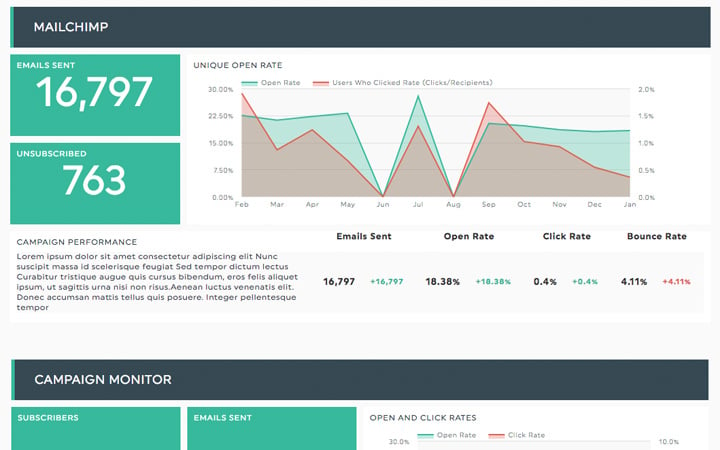What is email bounce rate?
Email Bounce Rate is the percentage of emails that have not successfully reached intended recipients.
There are three types of email bounces:
- hard bounces: generally comes from invalid email addresses
- pending / soft bounces: generally indicate technical issues with either the sender’s or recipient’s email server.






